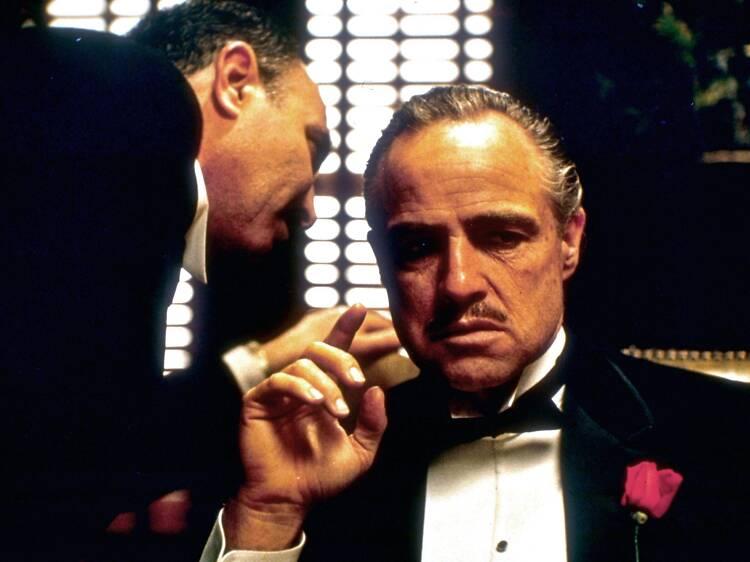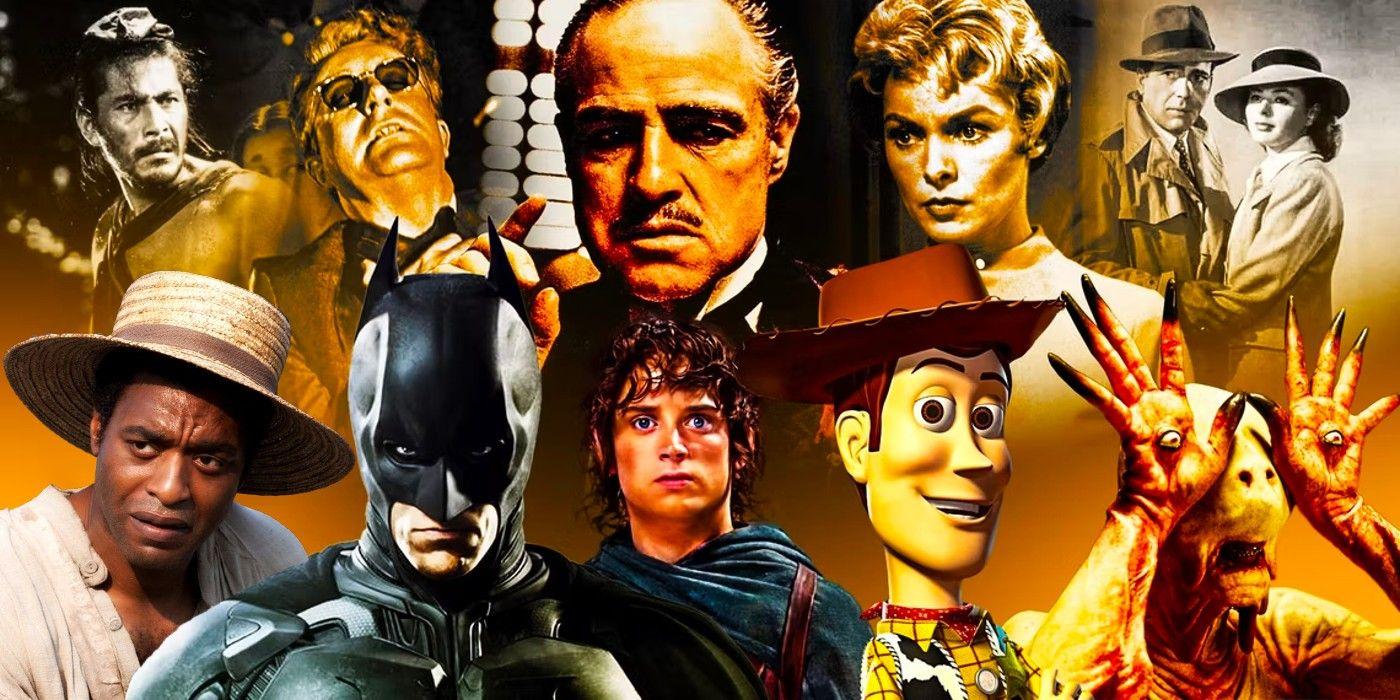In the ever-evolving landscape of cinema, certain films rise above mere entertainment to redefine the very essence of storytelling. These iconic masterpieces, through their innovative narratives and groundbreaking techniques, have set new benchmarks, challenging filmmakers to push the boundaries of imagination and craft. As we delve into the rich tapestry of cinematic history, we explore how these legendary films have not only captivated audiences but also redefined the art of storytelling itself, leaving an indelible mark on the cultural zeitgeist. Prepare to embark on a journey through the silver screen, where creativity knows no bounds and where each frame is a testament to the transformative power of visionary storytelling.
Crafting Characters with Depth and Dimension
In the realm of storytelling, some films stand out not just for their plot, but for the intricate layers of their characters. These iconic films have set new benchmarks by weaving personalities that are complex, relatable, and unforgettable. Through careful attention to detail, filmmakers create characters that are not just players in a narrative, but living entities with their own histories, desires, and flaws. This depth is achieved by exploring their internal conflicts and transformative journeys, allowing audiences to engage on a profound emotional level.
- Backstories: Providing characters with rich histories that inform their present actions and decisions.
- Contradictions: Crafting characters with conflicting traits that mirror real human complexities.
- Growth: Illustrating dynamic arcs where characters evolve in response to their experiences.
Through these elements, films transcend simple storytelling, inviting viewers into a world where characters are as real and nuanced as the audience themselves. The depth and dimension of these characters not only captivate but also inspire, leaving a lasting impact that echoes long after the credits roll.

Innovative Narrative Structures that Defy Convention
In the realm of cinema, certain films have boldly challenged traditional storytelling methods, creating new benchmarks for narrative ingenuity. These cinematic masterpieces have ventured beyond linear plots, employing unique structures that engage and surprise audiences. Christopher Nolan‘s “Memento“ is a prime example, weaving its story in reverse chronological order to mirror the protagonist’s memory loss. This disjointed narrative forces viewers to piece together the plot, creating a gripping, immersive experience.
Another standout is Quentin Tarantino’s “Pulp Fiction“, which presents a non-linear storyline that interweaves multiple narratives. This film’s innovative approach invites viewers to connect the dots and appreciate the intricate character arcs. Additionally, the use of flashbacks and multiple perspectives in films like Alejandro González Iñárritu’s “Amores Perros” showcase how fragmented storytelling can deepen the emotional impact and complexity of a film. These examples illustrate how breaking conventional narrative molds can result in unforgettable and thought-provoking cinema.

Visual Storytelling Techniques that Captivate Audiences
In the realm of cinema, certain films have elevated the art of visual storytelling to new heights, setting benchmarks that continue to inspire filmmakers worldwide. These iconic films have mastered the art of captivating audiences through a blend of innovative techniques and narrative prowess. A few key techniques include:
- Symbolic Imagery: Films like Inception utilize symbolic imagery to layer meaning within the narrative, engaging viewers in a visual puzzle that unfolds with each scene.
- Color Palette: Directors such as Wes Anderson use a distinctive color palette to convey mood and emotion, transforming each frame into a vibrant painting that resonates with viewers on a subconscious level.
- Camera Movement: The fluid, dynamic camera work in Birdman creates an immersive experience, making audiences feel as though they are part of the unfolding drama.
- Lighting: Masterful lighting, as seen in Blade Runner, sets the tone and atmosphere, creating a world that is as much a character in the story as the actors themselves.
These techniques are not mere stylistic choices but integral components of storytelling that work together to create a compelling narrative experience. As filmmakers continue to innovate, these foundational techniques serve as a guide, demonstrating the powerful role of visuals in storytelling.
Setting the Scene: World-Building as a Narrative Tool
In the realm of cinema, the craft of world-building is not merely a backdrop but a powerful narrative tool that elevates storytelling to unprecedented heights. Iconic films have long demonstrated how meticulously crafted worlds can transcend the screen, inviting audiences into immersive experiences that linger in the imagination. Through detailed environments and cultural intricacies, these films create immersive atmospheres that enhance plot and character development.
- Detailed Environments: Films like “Blade Runner” showcase dystopian landscapes that reflect the complexities of human society, shaping the narrative through every rain-soaked street and neon-lit alley.
- Cultural Intricacies: The richly woven tapestry of Middle-earth in “The Lord of the Rings” offers a glimpse into diverse cultures, each with its own history and mythology, enriching the story with depth and authenticity.
- Emotional Resonance: Pixar’s “Inside Out” masterfully creates an internal world that mirrors the emotional journey of its characters, allowing audiences to explore abstract concepts in a tangible and relatable way.
By seamlessly integrating these elements, filmmakers set new standards for storytelling, proving that a well-constructed world is not just a setting but an integral character in its own right. This approach not only captivates viewers but also ensures that the story resonates on a deeper level, leaving a lasting impact.


